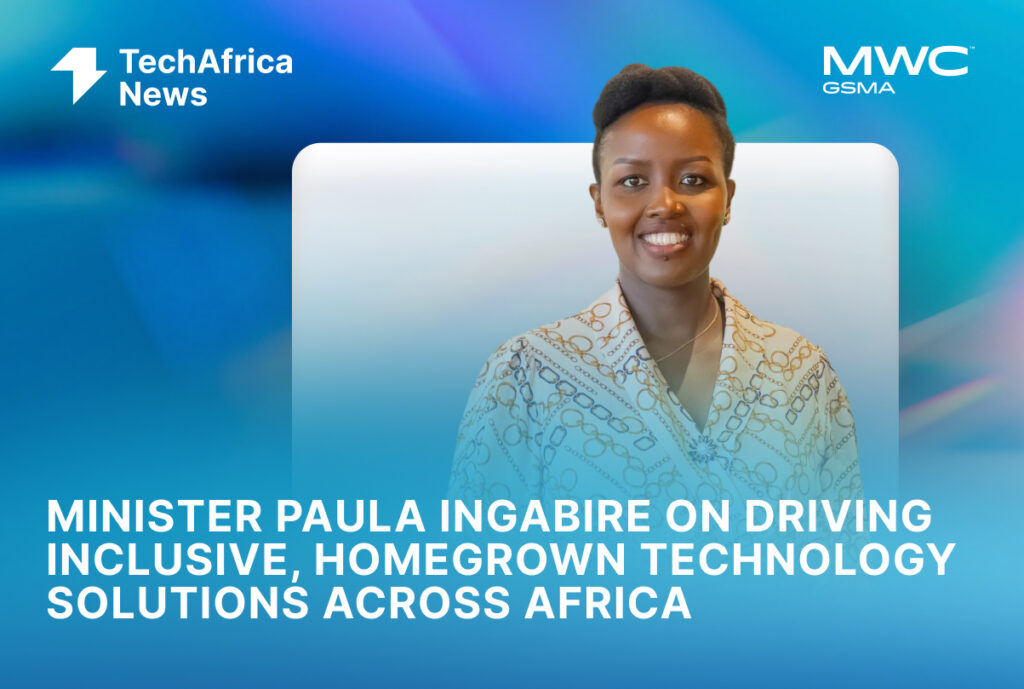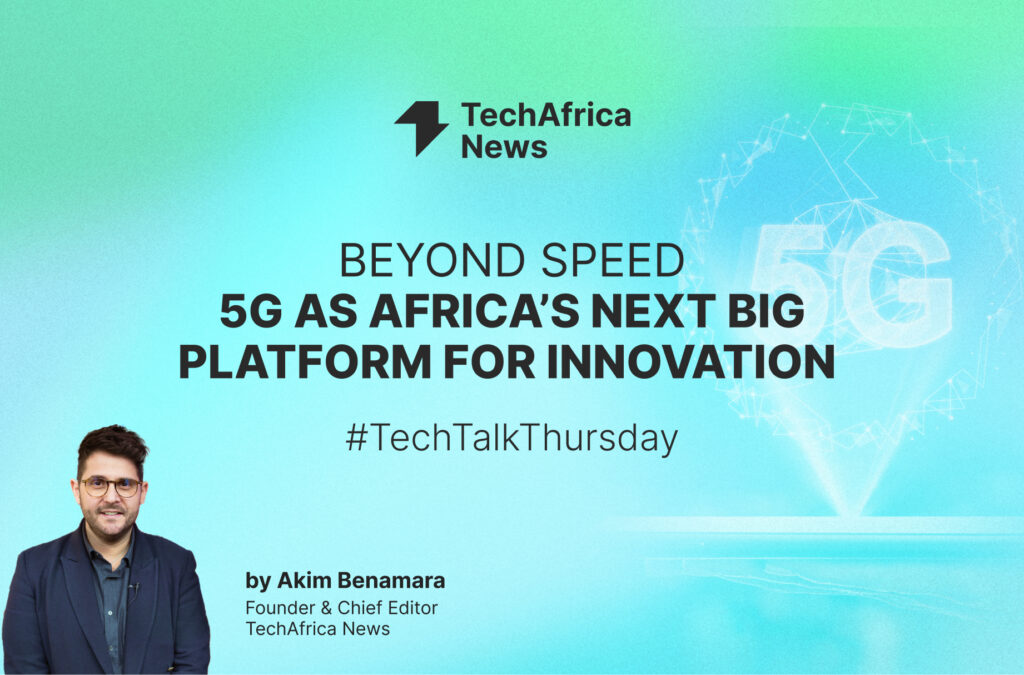GSMA’s Caroline Mbugua on Closing Africa’s Connectivity Gaps and Protecting Children Online
Speaking with TechAfrica News Chief Editor and Founder Akim Benamara at the closing of MWC Kigali 2025, Caroline Mbugua, Senior Director for Public Policy and Communications at GSMA, highlighted both the progress and the persistent challenges in Africa’s digital connectivity landscape. On the continent’s connectivity opportunities and barriers, Mbugua emphasized the critical distinction between the coverage gap and the usage gap.

- 0:21Connectivity Landscape & Usage Gap
- 2:54Affordability & Coverage Gaps
- 4:53Child Online Protection
- 6:42Multi-Stakeholder Approach
- 9:56Future Adoption & Innovation
- 11:025G & Sectoral Transformation
Understanding the Usage and Coverage Gap
Mbugua highlighted that millions of Africans are technically connected yet remain offline, a phenomenon GSMA categorizes as the “usage gap.” Approximately 790 million people fall into this category due to factors such as device and service affordability, limited digital literacy, and a lack of relevant content. Meanwhile, around 120 million Africans remain outside mobile broadband coverage entirely, concentrated in rural and hard-to-reach regions. Addressing these gaps requires coordinated policy, enabling regulations, and multi-stakeholder collaboration.
Affordability as a Driver of Adoption
Mbugua emphasized that affordability is one of the most significant barriers to digital adoption. High taxation and infrastructure costs limit access to entry-level smartphones and mobile services. She cited South Africa’s removal of the luxury goods tax on devices under R2500 as a concrete example of policy enabling wider adoption of entry-level devices, demonstrating how regulatory interventions can support broader digital inclusion.
Child Online Protection and Safe Digital Spaces
The launch of the Africa Task Force on Child Online Protection was another key highlight of MWC Kigali. Co-hosted by GSMA and UNICEF, the initiative aims to ensure Africa’s digital growth is safe for children. The task force prioritizes actionable implementation of existing policies and frameworks, holding stakeholders accountable while creating safe online environments for the continent’s youngest users.
“What we need now is the implementation of these policies because the majority of African countries already have a policy in place that provides guidance on child online protection. We have frameworks done by the African Union, which is a child online protection and implementation policy. The ITU has issued guidelines, industry guidelines, policy guidelines, and so on. Looking at tangible, actionable solutions that support child online protection is the key. This is one of the areas the task force will focus on to drive child online protection.”
– Caroline Mbugua, HSc., Senior Director for Public Policy and Communications. GSMA
Energy as a Foundational Enabler
Beyond devices and connectivity, Mbugua underscored energy as a critical factor impacting affordability and service delivery. Countries with greater electricity access see lower data costs, while energy scarcity drives higher prices and limits smartphone use. Efforts such as targeted electrification programs are essential to expanding both network supply and consumer uptake.
The Future: AI, 5G, and Innovation
Looking ahead, Mbugua expressed optimism for accelerated mobile broadband adoption in Africa. Emerging technologies, particularly AI and 5G, were highlighted as enablers for sectoral innovation in health, transport, education, and manufacturing. Incorporating African languages into AI solutions and large language models can improve accessibility, digital literacy, and content relevance, accelerating adoption and empowering local communities.
Africa’s Digital Trajectory
Mbugua concluded that Africa’s young, adaptable population is poised to become early adopters of new technologies. With sustained collaboration, enabling policies, and targeted interventions on affordability, coverage, and usage, the continent can achieve accelerated digital adoption, ensuring that connectivity translates into real socio-economic growth for all.





